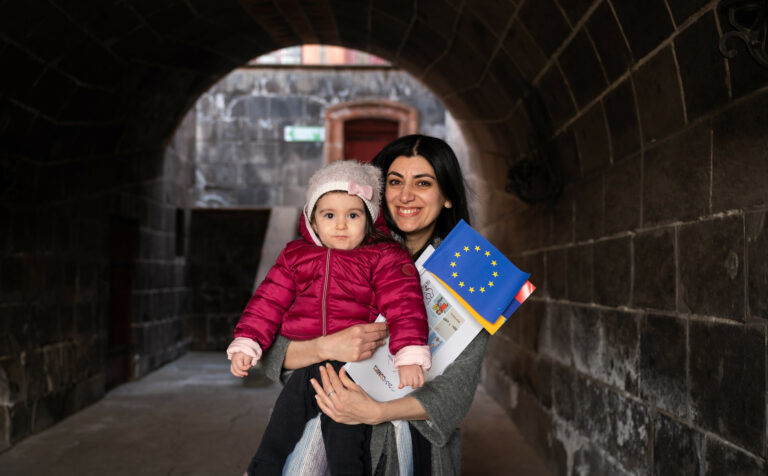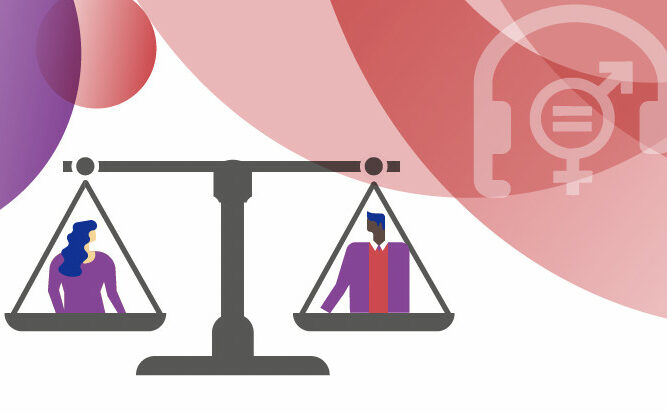
Supporting vulnerable groups during the COVID-19 crisis
This is the second in a series of four publications by the Eastern Partnership Civil Society Forum, covering how the measures taken by the governments of the six Eastern partner countries during the acute phase of the current pandemic have impacted vulnerable groups.
Civil society organisations in the EaP have been instrumental in helping vulnerable groups during the COVID-19 pandemic and in supporting professionals in the health sector. In some cases, they have substituted key government services and responsibilities. CSOs identified the fractions of the population who are the most vulnerable to the COVID-19 pandemic. This identification was based on characteristics like economic status, age, gender identity, sexual orientation, disability and their risk of exposure to the infection.
This paper has been elaborated in the framework of the Eastern Partnership Civil Society Forum #PrepareEaP4Health campaign and aims to illustrate the context in which civil society is addressing the challenges brought about by the COVID-19 public health crisis.
Download
MOST READ
RELATED

Armenia Country Gender Profile

EU4Youth Newsletter: Welcome to the EU4Youth Stakeholder Hub!

A Resilience and Growth Plan for Armenia

EU4Youth develops Youth Wiki reports on Youth Employment and Employability

EU4Gender Equality Reform Helpdesk’s support (2021-2024) for Ukraine
More campaign pages:
Interested in the latest news and opportunities?
This website is managed by the EU-funded Regional Communication Programme for the Eastern Neighbourhood ('EU NEIGHBOURS east’), which complements and supports the communication of the Delegations of the European Union in the Eastern partner countries, and works under the guidance of the European Commission’s Directorate-General for Neighbourhood Policy and Enlargement Negotiations, and the European External Action Service. EU NEIGHBOURS east is implemented by a GOPA PACE-led consortium. It is part of the larger Neighbourhood Communication Programme (2020-2024) for the EU's Eastern and Southern Neighbourhood, which also includes 'EU NEIGHBOURS south’ project that runs the EU Neighbours portal.

The information on this site is subject to a Disclaimer and Protection of personal data. © European Union,







